Steal These Subscription Ideas
Given the potentially meaningful return on investment you can see with subscription programs, it makes sense to want to jump in with gusto. But...
Platform
Combining online ordering, loyalty, omnichannel messaging, AI insights, and payments in one platform. Paytronix delivers relevant, personal experiences, at scale, that help improve your entire digital marketing funnel by creating amazing frictionless experiences.
A Complete Customer Experience Platform
Online Ordering
Acquire new customers and capture valuable data with industry leading customization features.
Loyalty
Encourage more visits and higher spend with personalized promotions based on individual activity and preferences.
Catering
Grow your revenue, streamline operations, and expand your audience with a suite of catering tools.
CRM
Build great customer relationships with relevant personal omnichannel campaigns delivered at scale.
Artificial Intelligence
Leverage the most data from the most customer transactions to power 1:1 marketing campaigns and drive revenue.
Payments
Drive brand engagement by providing fast, frictionless guest payments.
Solutions
We use data, customer experience expertise, and technology to solve everyday restaurant and convenience store challenges.
Contactless Experiences
Accommodate your guests' changing preferences by providing safe, efficient service whether dining-in or taking out.
Customer Insights
Collect guest data and analyze behaviors to develop powerful targeted campaigns that produce amazing results.
Marketing Automation
Create and test campaigns across channels and segments to drive loyalty, incremental visits, and additional revenue.
Mobile Experiences
Provide convenient access to your brand, menus and loyalty program to drive retention with a branded or custom app.
Subscriptions
Create a frictionless, fun way to reward your most loyal customers for frequent visits and purchases while normalizing revenues.
Employee Dining
Attract and retain your employees with dollar value or percentage-based incentives and tiered benefits.
Order Experience Builder
Create powerful interactive, and appealing online menus that attract and acquire new customers simply and easily.
Loyalty Programs
High-impact customizable programs that increase spend, visit, and engagement with your brand.
Online Ordering
Maximize first-party digital sales with an exceptional guest experience.
Integrations
Launch your programs with more than 450 existing integrations.
Loyalty Programs
Deliver the same care you do in person with all your digital engagements.
Online Ordering
Drive more first-party orders and make it easy for your crew.
Loyalty Programs
Digital transformations start here - get to know your guests.
Online Ordering
Add a whole new sales channel to grow your business - digital ordering is in your future.
Integrations
We work with your environment - check it out.
Company
We are here to help clients build their businesses by delivering amazing experiences for their guests.
Meet The Team
Our exceptional customer engagement innovations are delivered by a team of extraordinary people.
News/Press
A collection of press and media about our innovations, customers, and people.
Events
A schedule of upcoming tradeshows, conferences, and events that we will participate in.
Careers
Support
Paytronix Login
Order & Delivery Login
Resources
Learn how to create great customer experiences with our free eBooks, webinars, articles, case studies, and customer interviews.
FlightPaths are structured Paytronix software onboarding journeys designed to simplify implementation and deliver maximum ROI.
Customer Success Plans (CSPs) are tiered service offerings designed to help you get the most from your Paytronix software, whether you prefer self-guided support or hands-on partnership.
See Our Product In Action
E-Books
Learn more about topics important to the restaurant and c-store customer experience.
Reports
See how your brand stacks up against industry benchmarks, analysis, and research.
Blog
Catch up with our team of in-house experts for quick articles to help your business.
Case Studies
Learn how brands have used the Paytronix platform to increase revenue and engage with guests.
101 battle-tested tips to reclaim your margins without sacrificing your brand’s guest experience.
2 min read
Oct 15, 2020
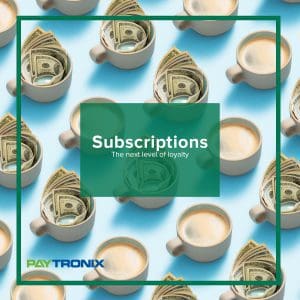
We’ve come a long way since the days when subscriptions covered only magazines and newspapers. From entertainment and fashion to consumer goods and meal kits, subscriptions have been steadily gaining traction in numerous industries for several years — and that includes restaurants and c-stores.
The model can be used in different ways. One common example involves asking customers to pay upfront for services or meals redeemed later. For instance, Olive Garden’s Never Ending Pasta Pass is paid in advance, and then customers redeem their “pass” at every visit.
But this is far from the only model available. The flexibility of subscriptions allows you to tailor your options based on your store or restaurant’s needs, then adapt your subscription quickly to take advantage of factors like seasonal preferences, customer interest, or promotion of higher-priced meals, services, or products.
Four to Consider
Within the breadth of subscription types, there are four main models that can form the basis of a program:
Want to learn more about subscriptions? Download our ebook, Subscriptions: The Next Level of Loyalty for insights on why subscriptions drive loyalty and enhance differentiation, and how you can get started by launching your own program—with technology that makes it easy.
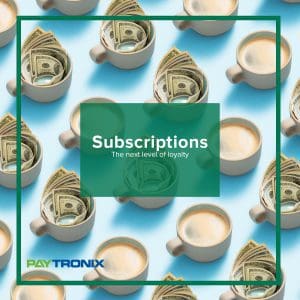
Given the potentially meaningful return on investment you can see with subscription programs, it makes sense to want to jump in with gusto. But...
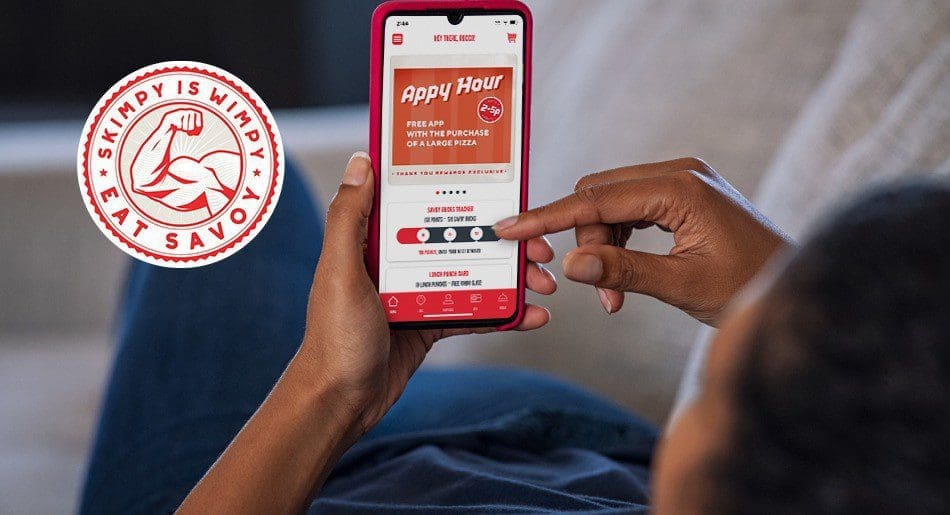
More than ever, digital storefronts are a crucial tool for keeping restaurants competitive. How can restaurant brands create a personalized and...
Ah, New Year’s Eve. The night that looms large with visions of popping champagne corks, revelry, and lots of friends. Of course, that vision isn’t...
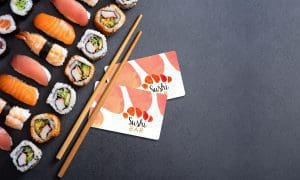
Gift card programs are a staple of the restaurant industry. They benefit top-line revenue, create brand advocates out of guests, and can be used to...

If you use the Paytronix platform, are looking to re-invigorate your marketing strategy, or are looking for help to make sense of your customer data,...
It’s a food-service marketer’s dream: the ideal guest experience from couch to couch.

The Paytronix User Experience (PXUX) is more than just a conference. It is an opportunity to chat with peers, learn about the future of guest...

On August 24th & 25th Boston was the nexus of leading insights on guest engagement as Paytronix hosted its second annual Paytronix User Experience...
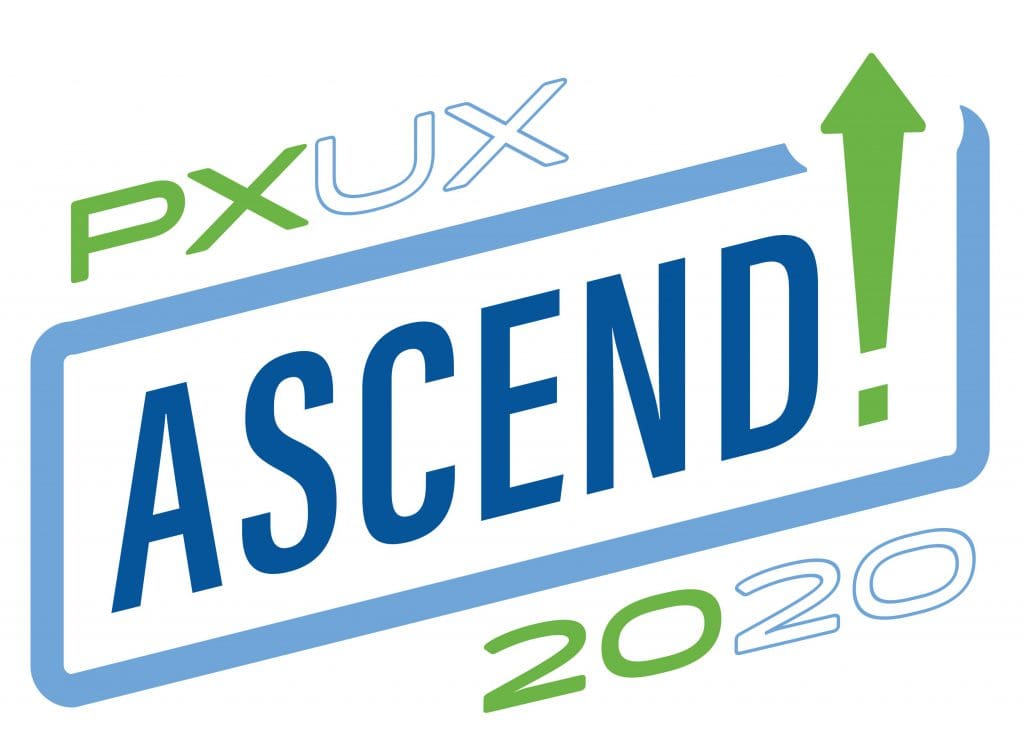
This has been a year of rapid change: restaurants and convenience stores alike were forced to make quick pivots in how they approach guest...

Once in a while, our customer service team will receive a frantic email from a marketing department exclaiming “a customer got our email but it...
Paytronix recently launched a recurring webinar series featuring some of the top trailblazers in the restaurant and convenience industries. PX Think...
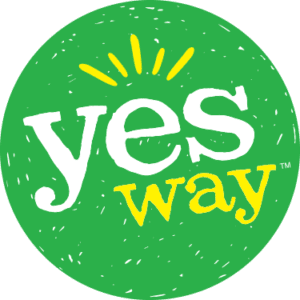
Yesway was recognized as a winner of the ‘Best Convenience Store Loyalty Launch’ in the 2018 Loyaltees. Launched in December of 2015 by Brookwood...
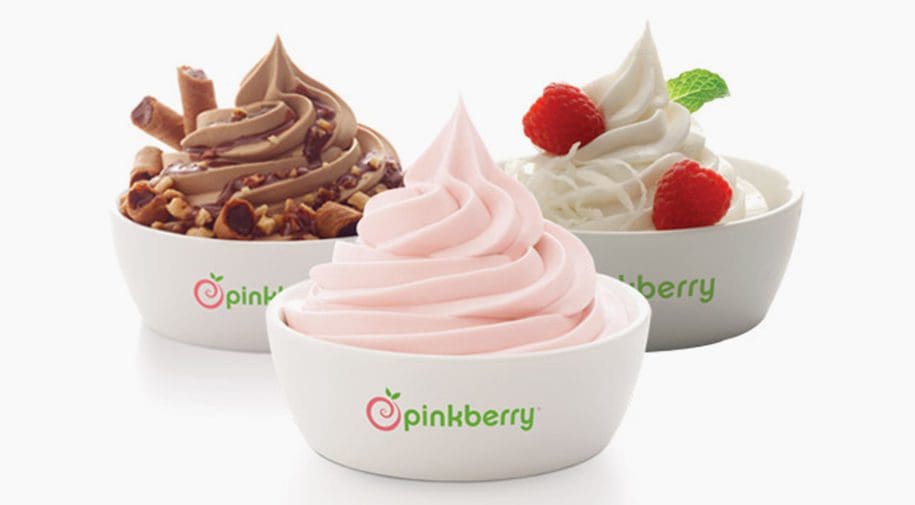
A cornerstone of email marketing is testing. Perhaps it’s the day of the week that you send the message, or even the imagery and text inside the...
How many times have you sat at your desk watching the results of a campaign you were excited to roll out, only to see those stats flat line, or...

Today, Paytronix customer Blaine Hurst, President & CEO, Panera Bread, is presenting Panera’s new ApplePay capabilities alongside Jennifer Bailey,...
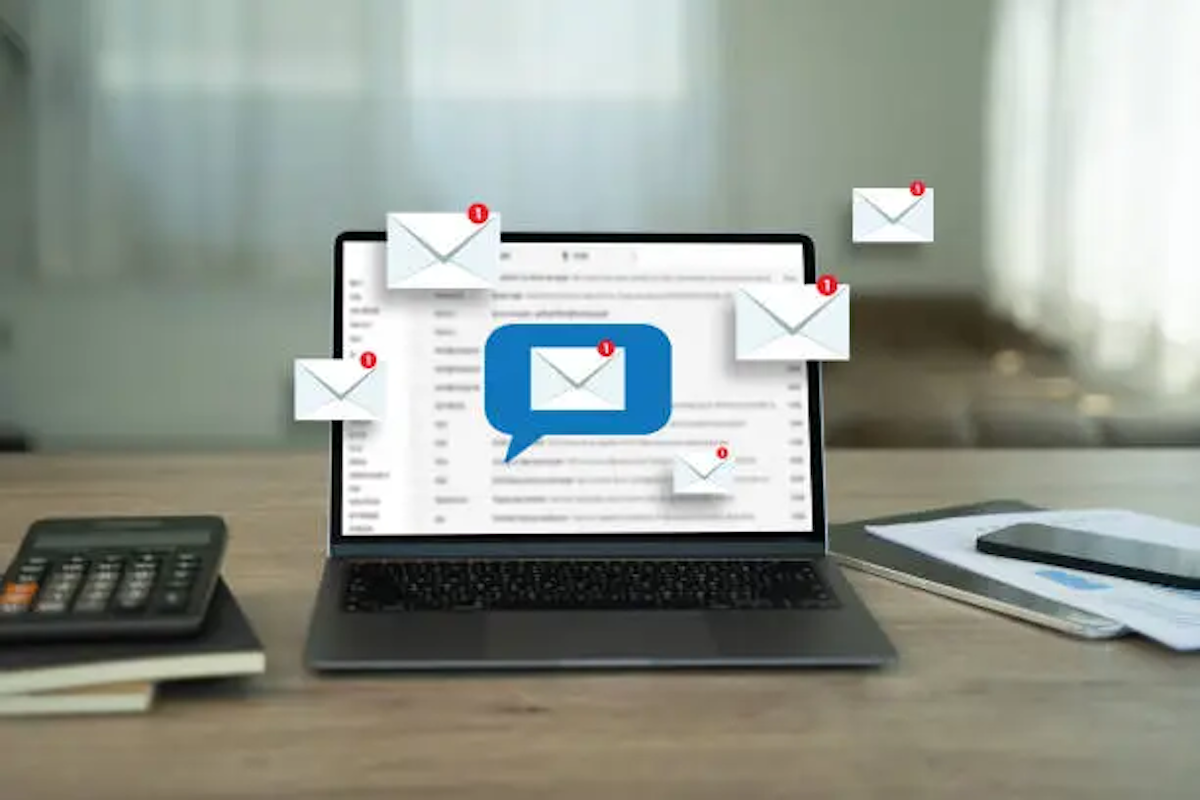
If you're looking to maximize the ROI of your email marketing campaigns, now is the time to get creative. With the tools available today, you can...